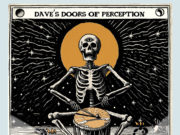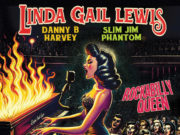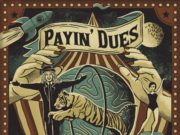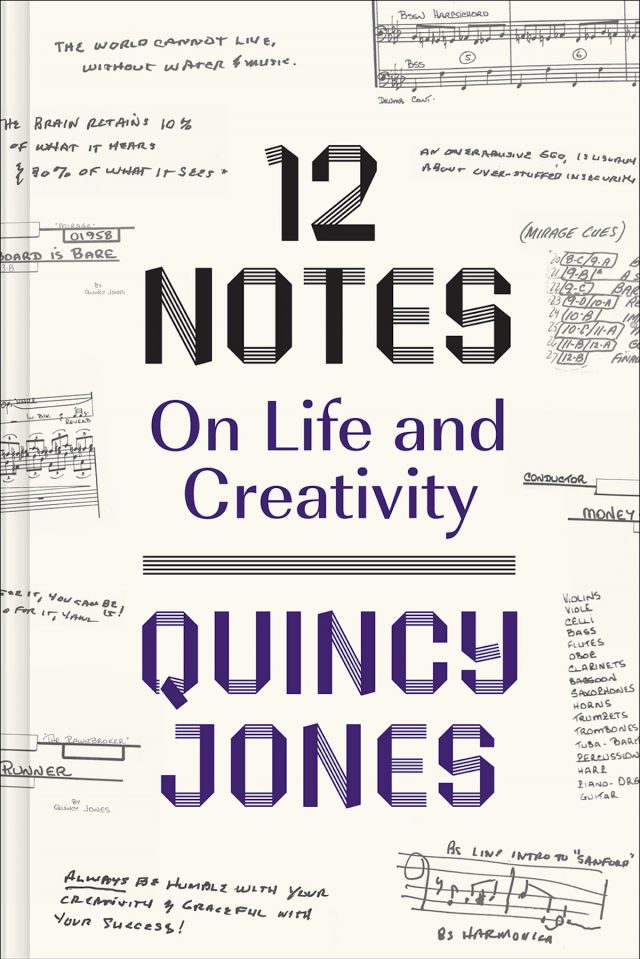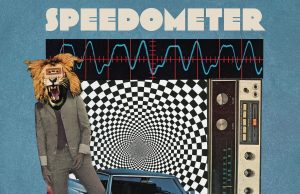Q and the VU. Punks and Pete Hammill. Bowie, Blur and Boxer. A little Lonnie and whole lotta Hoople. Next week’s to-do list is filling up fast. Get busy readin’ or get busy dyin’:
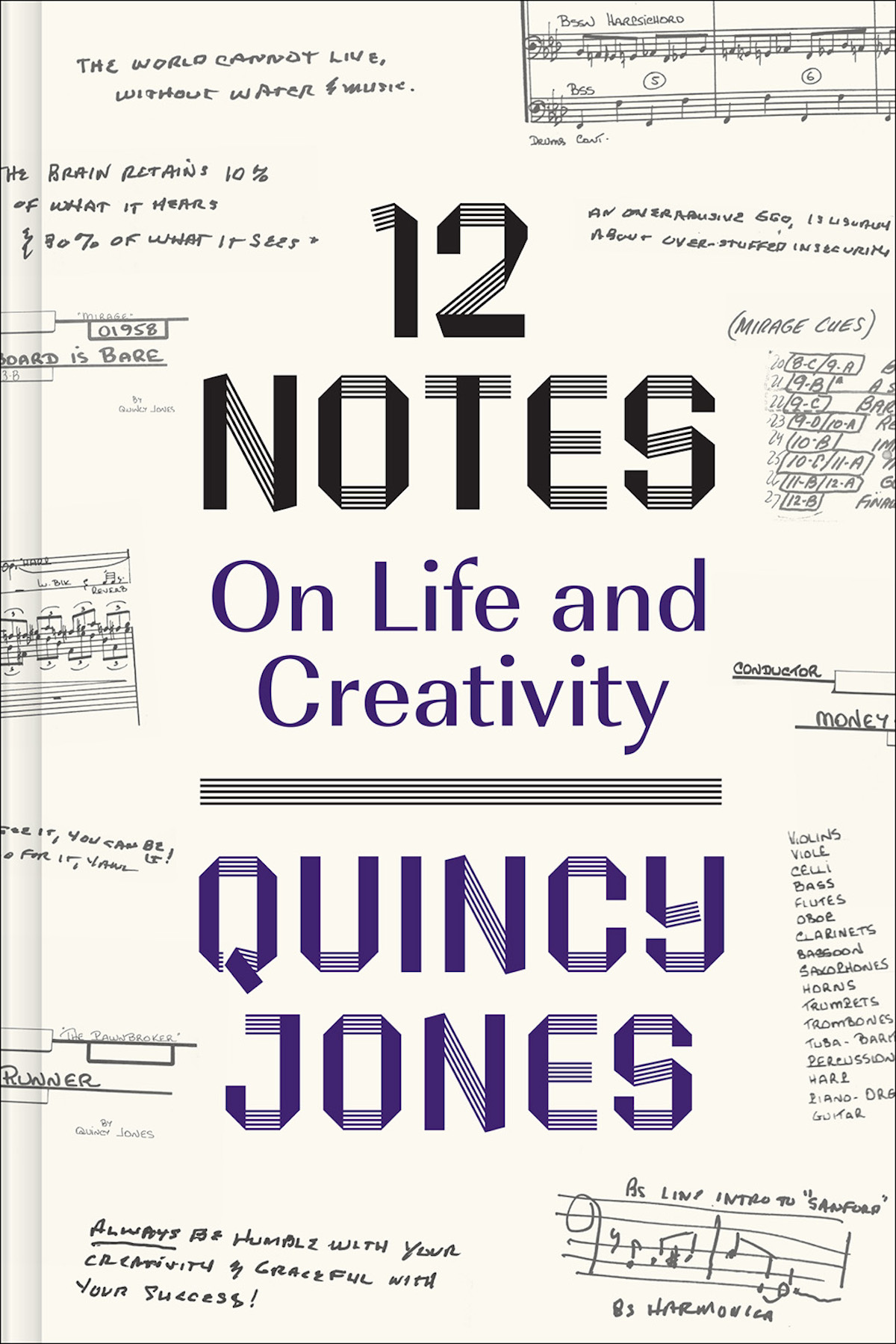 12 Notes: On Life and Creativity
12 Notes: On Life and Creativity
By Quincy Jones
THE EDITED PRESS RELEASE: “12 Notes is a self-development guide that will affirm that creativity is a calling that can and should be answered, no matter your age or experience. Drawing from his own life, and those of his many creative collaborators past and present, Quincy Jones presents readers with lessons that are hardworking and accessible, yet speak to the passion of self-expression. He includes sections as deep as how to transform grief into power, and as practical as how to set goals and articulate intentions through daily affirmations. Weaving his story throughout, Jones lets readers in on his own creative process, as well as the importance of letting honesty, hard work, and good relationships drive your career.”
The Velvet Underground
by Chris Roberts
THE EDITED PRESS RELEASE: “Over half a century since they exploded inevitably onto New York’s underground music and art scenes, the legacy and mythology of The Velvet Underground continues to resonate and grow, as new generations embrace their enigmatic command of the darkest strain of alternative cool. Lou Reed, John Cale, Nico, Sterling Morrison and Moe Tucker, with the naïve encouragement of Andy Warhol, created a world of music, words and scenes which blew up the notion of the peace-and-love ’60s and tapped into a nocturnal milieu of art, literature, drugs, sex and decadence. Their albums survive as caustic classics, among the most influential records ever made. Not only did author Chris Roberts interview the late Lou Reed three times, he was also once told, “Move – you are sitting on my coat” by the unmistakable voice of Nico, backstage at a gig. Here he recounts and celebrates the fascinating, multi-faceted story of perhaps the most mysterious and unique rock band ever to exist. A complex, contrary, clashing set of characters who came together to start fires while drawing down darkness, the Velvets’ legend will forever run run run.”
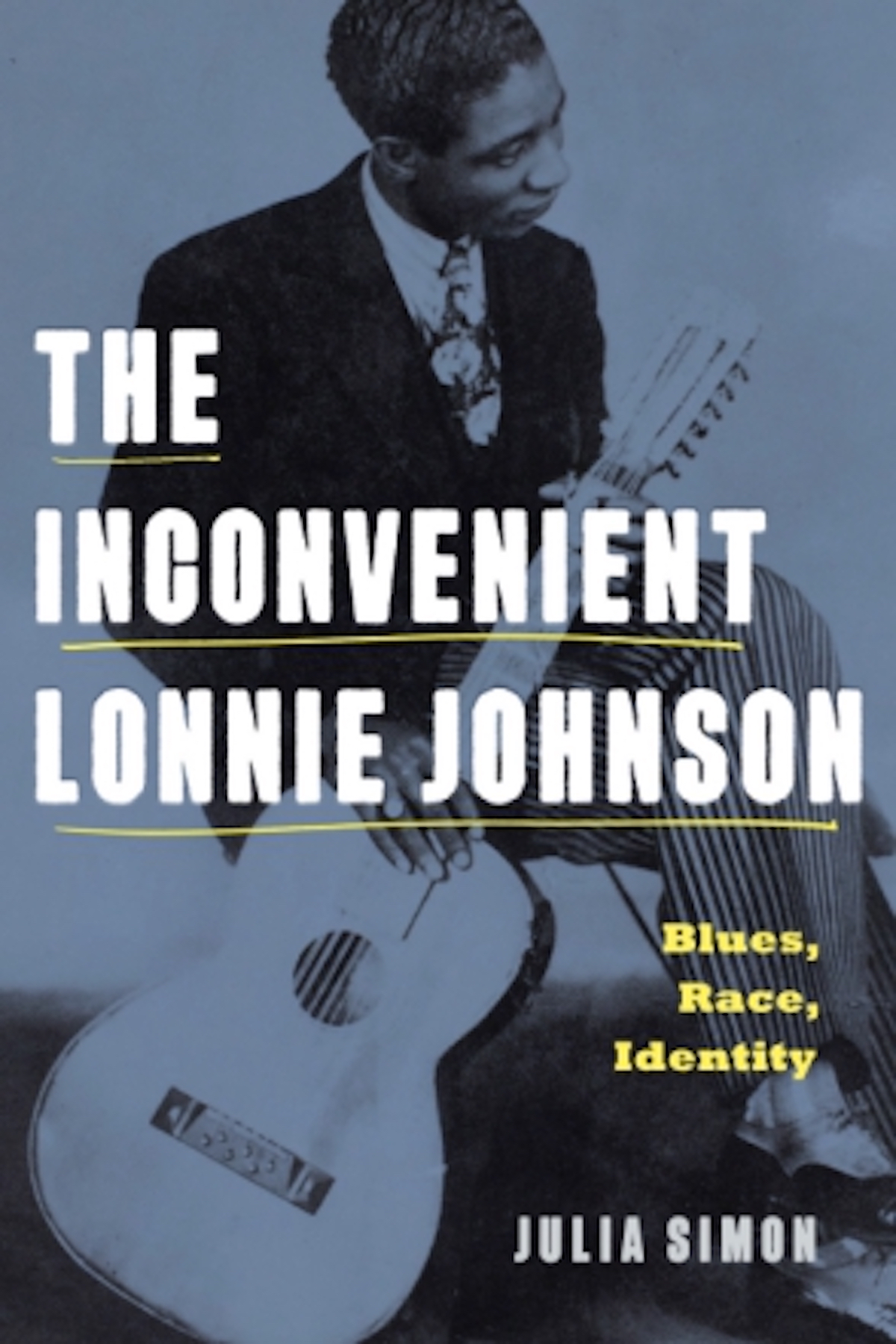 The Inconvenient Lonnie Johnson: Blues, Race, Identity
The Inconvenient Lonnie Johnson: Blues, Race, Identity
By Julia Simon
THE EDITED PRESS RELEASE: “Lonnie Johnson is a blues legend. His virtuosity on the blues guitar is second to none, and his influence on artists from T-Bone Walker and B.B. King to Eric Clapton is well established. Yet Johnson mastered multiple instruments. He recorded with jazz icons such as Duke Ellington and Louis Armstrong, and he played vaudeville music, ballads, and popular songs. In this book, Julia Simon takes a closer look at Johnson’s musical legacy. Considering the full body of his work, Simon presents detailed analyses of Johnson’s music — his lyrics, technique, and styles — with particular attention to its sociohistorical context. Born in 1894 in New Orleans, Johnson’s early experiences were shaped by French colonial understandings of race that challenge the Black-white binary. His performances call into question not only conventional understandings of race but also fixed notions of identity. Johnson was able to cross generic, stylistic, and other boundaries almost effortlessly, displaying astonishing adaptability across a corpus of music produced over six decades. Simon introduces us to a musical innovator and a performer keenly aware of his audience and the social categories of race, class, and gender that conditioned the music of his time. Johnson’s music challenges us to think about not only what we recognize and value in “the blues” but also what we leave unexamined, cannot account for, or choose not to hear. The Inconvenient Lonnie Johnson provides a reassessment of Johnson’s musical legacy and complicates basic assumptions about the blues, its production, and its reception.”
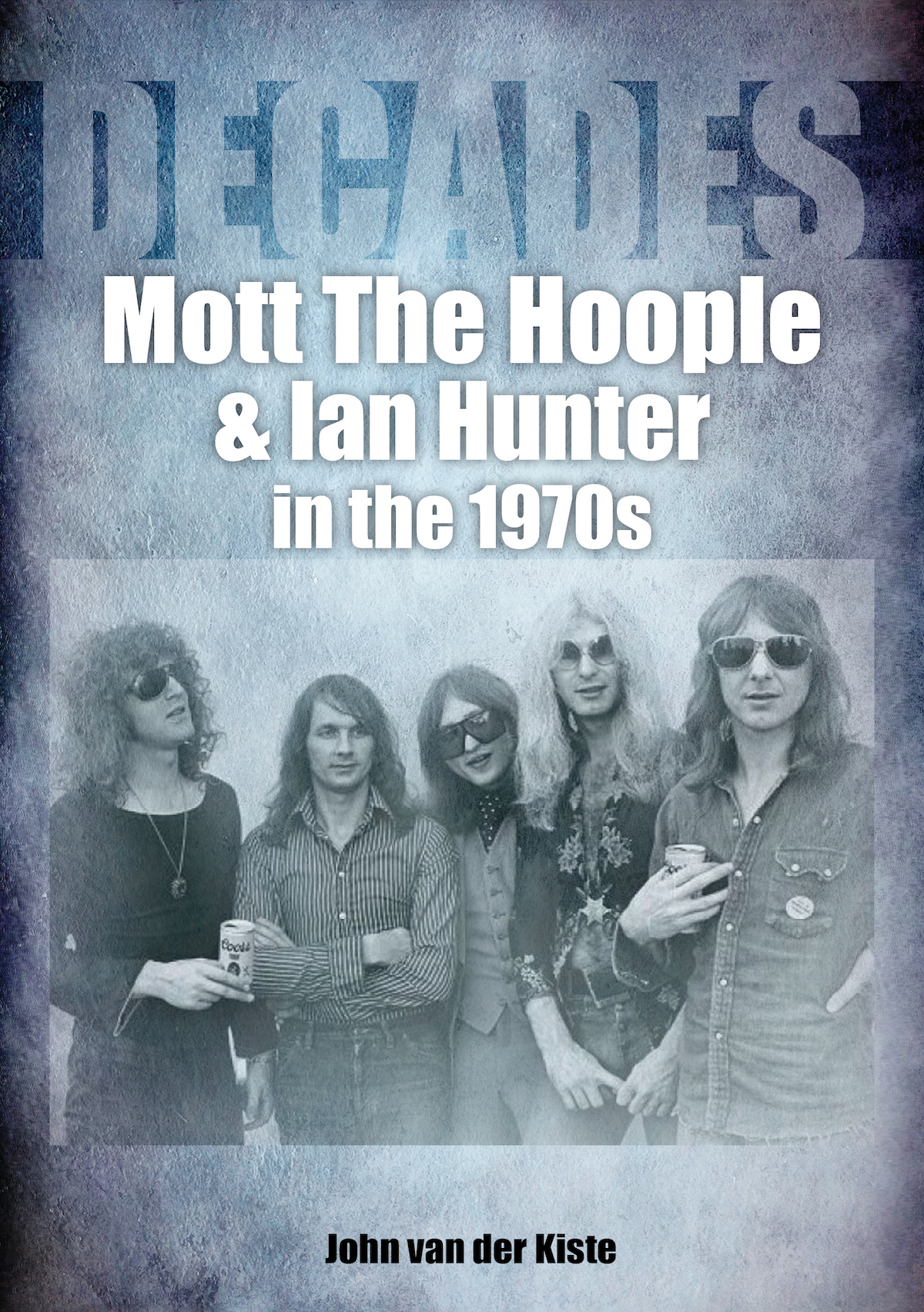 Mott The Hoople and Ian Hunter in the 1970s: Decades
Mott The Hoople and Ian Hunter in the 1970s: Decades
By John Van Der Kiste
THE EDITED PRESS RELEASE: “When Hereford group Silence teamed up with songwriter Ian Hunter in 1969 to form a group that aimed to be a cross between Bob Dylan, The Rolling Stones and Procol Harum, they rapidly became one of Britain’s most popular live acts, but a major hit single and album initially proved elusive. In 1972, disillusioned and exhausted, they split before being encouraged to reform by David Bowie and finding immediate chart success with a song he gave them, All the Young Dudes. After two years of hits and internal conflicts Ian left and enjoyed a chequered solo career that has lasted to this day, initially in partnership with guitarist Mick Ronson until his death in 1993. The rest of the group subsequently shortened their name to Mott and then British Lions, the latter a collaboration with former Medicine Head front man John Fiddler, although they failed to re-establish themselves despite several solid months of touring on both sides of the Atlantic. As Ian wrote, ‘Rock ’n’ roll’s a loser’s game’. They won, they lost, but during the 1970s released some inspired, highly individual music, that went on to inspire and be championed by several other acts, notably Queen, The Clash and Def Leppard.”
 33 1/3: The National’s Boxer
33 1/3: The National’s Boxer
By Ryan Pinkard
THE EDITED PRESS RELEASE: “We all know the boxer. The fighter who remembers every glove but still remains. That grisly, bruised American allegory who somehow gets up more times than he’s knocked down. This is the fight that nearly broke The National. The one that allowed them to become champions. Released in 2007, The National’s fourth full-length album is the one that saved them. For fans, Boxer is a profound personal meditation on the unmagnificent lives of adults, an elegant culmination of their sophisticated songwriting, and the first National album many fell in love with. For the band, Boxer symbolizes an obsession, a years-long struggle, a love story, a final give-it-everything-you’ve-got effort to keep their fantasy of being a real rock band alive. Based on extensive original interviews with the fighters who were in the ring and the spectators who witnessed it unfold, Ryan Pinkard obsessively reconstructs a transformative chapter in The National’s story, revealing how the Ohio-via-Brooklyn five-piece found the sound, success, and spiritual growth to evolve into one of the most critically acclaimed bands of their time.”
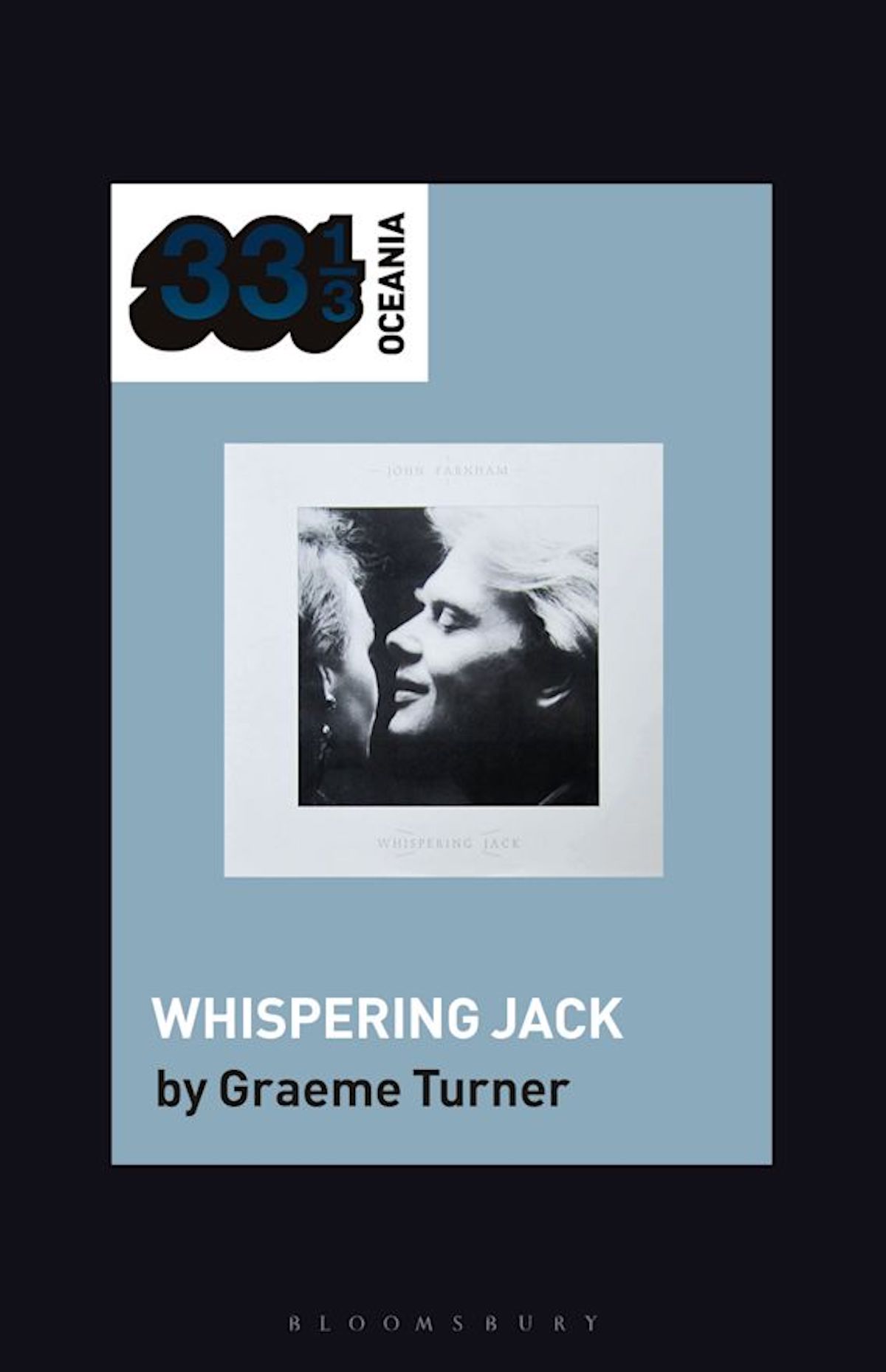 33 1/3: John Farnham’s Whispering Jack
33 1/3: John Farnham’s Whispering Jack
By Graeme Turner
THE EDITED PRESS RELEASE: “The album examined in this book transformed the singer John Farnham from a faded teen pop star into the most popular solo rock performer in Australia, in a career that has lasted for more than 30 years. Whispering Jack remains the top-selling album by an Australian artist in Australia, and constitutes the turning point in Farnham’s bid to achieve credibility as an adult contemporary musician. The first single from the album, You’re the Voice, has achieved such iconic status that it is routinely referred to as Australia’s unofficial national anthem. The book examines the album, its context and that history in order to recover a crucial conjuncture in the development of Australian rock and popular music, one that has previously been ignored in Australian popular music studies.”
 David Bowie: All the Songs – The Story Behind Every Track
David Bowie: All the Songs – The Story Behind Every Track
By Benoît Clerc
THE EDITED PRESS RELEASE: “A lovingly thorough dissection of every album and every track ever released by David Bowie over the span of his nearly 50-year career, David Bowie: All the Songs follows the musician from his self-titled debut album released in 1967 all the way through Blackstar, his final album. Delving deep into Bowie’s past and featuring new commentary and archival interviews with a wide range of models, actors, musicians, producers, and recording executives who all worked with and knew the so-called Thin White Duke, All the Songs charts the musician’s course from a young upstart in 1960s London to a musical behemoth who collaborated with everyone from Queen Latifah and Bing Crosby to Mick Jagger and Arcade Fire. This one-of-a-kind book draws upon years of research in order to recount how each song was written, composed, and recorded, down to the instruments used and the people who played them. Featuring hundreds of vivid photographs that celebrate one of music’s most visually arresting performers, All the Songs is a must-have book for any true fan of classic rock.”
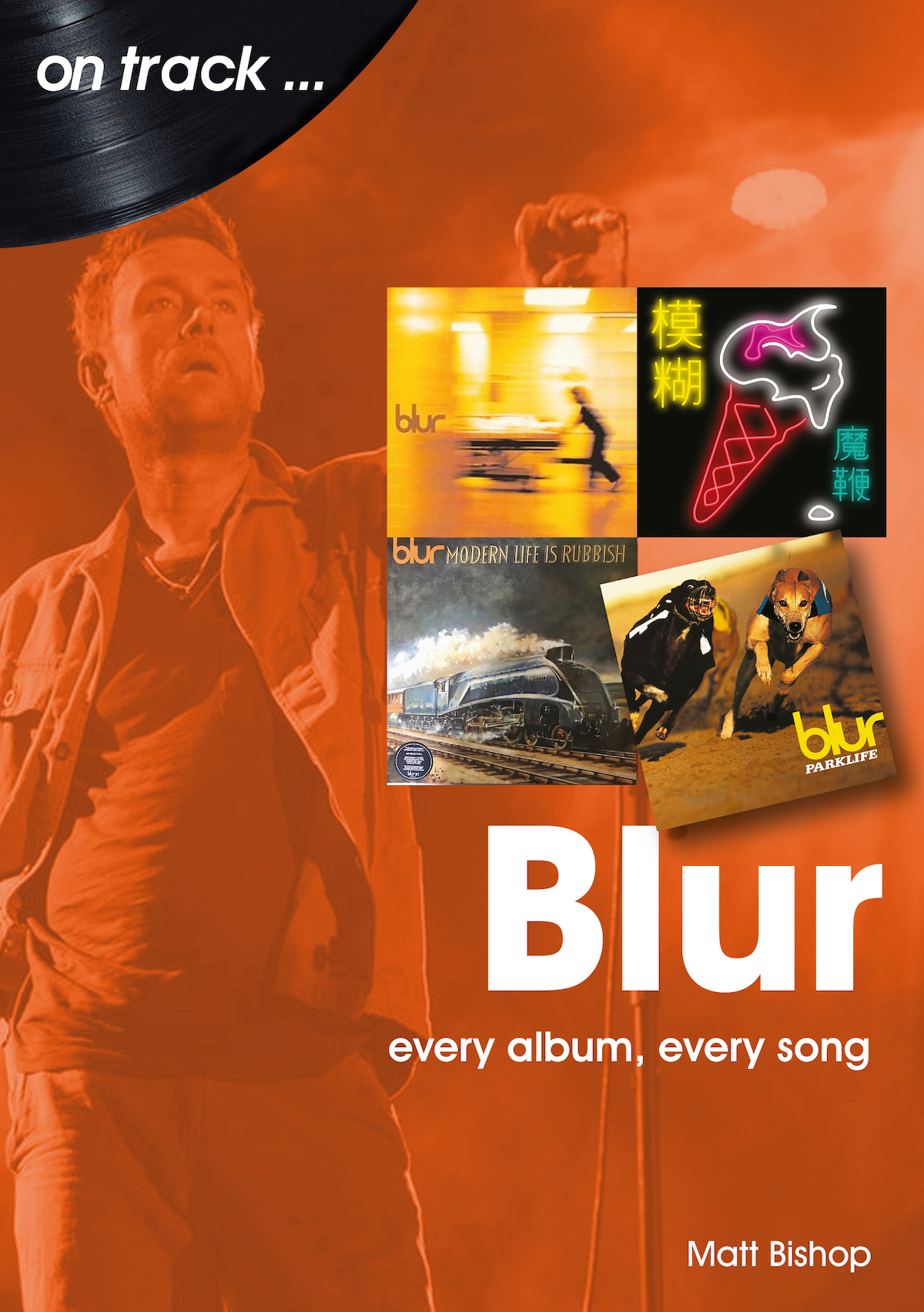 Blur: Every Album, Every Song
Blur: Every Album, Every Song
By Matt Bishop
THE EDITED PRESS RELEASE: “Formed as shambolic art-punk four-piece Seymour whilst attending London’s Goldsmiths University, the rechristened Blur released their debut album Leisure in 1991, marking them as promising indie upstarts in thrall to the voguish sub-genres of baggy and shoegaze. Following a radical stylistic shift on sophomore LP Modern Life Is Rubbish, Blur became a U.K. household name in 1994 upon the advent of their era-defining Britpop masterpiece Parklife. A year later, the infamous chart battle with arch-rivals Oasis marred No. 1 single Country House, but they changed direction again on fifth album Blur — a grungier affair that yielded the transatlantic smash hit Song 2. Though guitarist Graham Coxon departed during sessions for seventh album Think Tank, the original foursome reunited in 2009 for a series of triumphant comeback shows, culminating in the unexpected release of 2015’s Hong Kong-recorded The Magic Whip. Chronicling a restlessly inventive group who stand alongside other eclectic British artists such as The Beatles, David Bowie and Queen, this book explores every Blur album in detail, including all singles, B-sides and selected rarities — a comprehensive guide to one of the 1990’s most successful and iconic rock bands.”
 Peter Hammill: Every Album, Every Song
Peter Hammill: Every Album, Every Song
By Richard Rees Jones
THE EDITED PRESS RELEASE: “The British singer, songwriter and musician Peter Hammill is one of the key figures in the history of progressive rock. As the leader and main creative force of Van der Graaf Generator, he was behind some of the most powerful and compelling rock music of the 1970s, and since VdGG reformed in 2005 has continued to lead the group down a unique musical path. But Van der Graaf Generator are only part of the Peter Hammill story. Beginning with 1971’s Fool’s Mate and continuing all the way to 2021’s In Translation, Hammill has carved out a lengthy solo career consisting of some 35 albums, plus a number of live albums and collaborations. The range of styles in evidence on these albums is remarkable, from baroque progressive rock to snotty proto-punk, angular new wave, delicate ballads, electronic experiments and even a full-length opera. This is the first book to offer an in-depth exploration of Hammill’s solo discography, revealing the sonic intensity and emotional turmoil that lie at the heart of his work.”
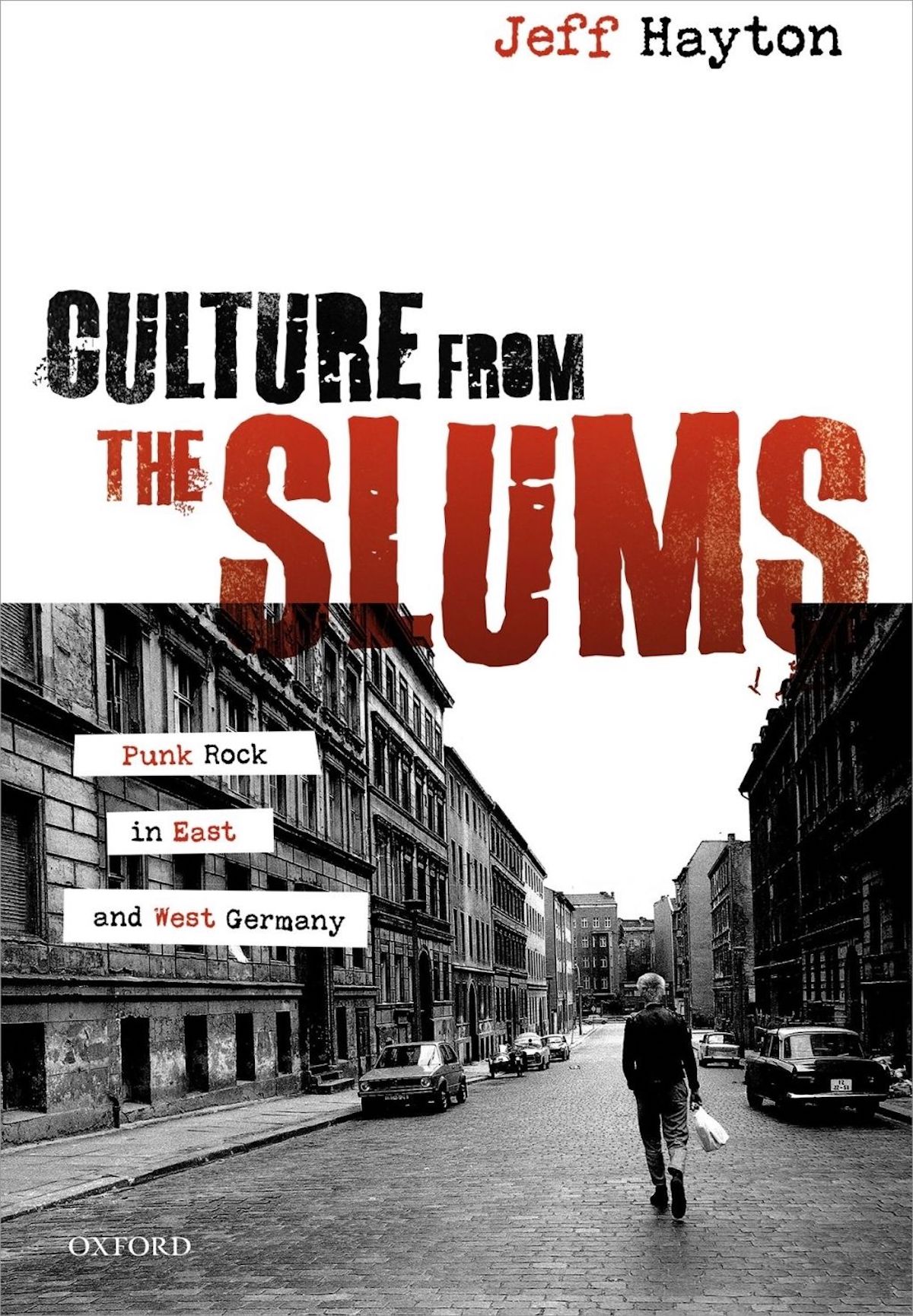 Culture from the Slums: Punk Rock in East and West Germany
Culture from the Slums: Punk Rock in East and West Germany
By Jeff Hayton
THE EDITED PRESS RELEASE: “Culture From The Slums explores the history of punk rock in East and West Germany during the 1970s and 1980s. These decades witnessed an explosion of alternative culture across divided Germany, and punk was a critical constituent of this movement. For young Germans at the time, punk appealed to those gravitating towards cultural experimentation rooted in notions of authenticity — endeavors considered to be more ‘real’ and ‘genuine.’ Adopting musical subculture from abroad and rearticulating the genre locally, punk gave individuals uncomfortable with their societies the opportunity to create alternative worlds. Examining how youths mobilized music to build alternative communities and identities during the Cold War, Culture From The Slums details how punk became the site of historical change during this era: in the West, concerning national identity, commercialism, and politicization; while in the East, over repression, resistance, and collaboration. Using a wealth of previously untapped archival documentation, this study reorients German and European history during this period by integrating alternative culture and music subculture into broader narratives of postwar inquiry and explains how punk rock shaped divided Germany in the 1970s and 1980s.”


